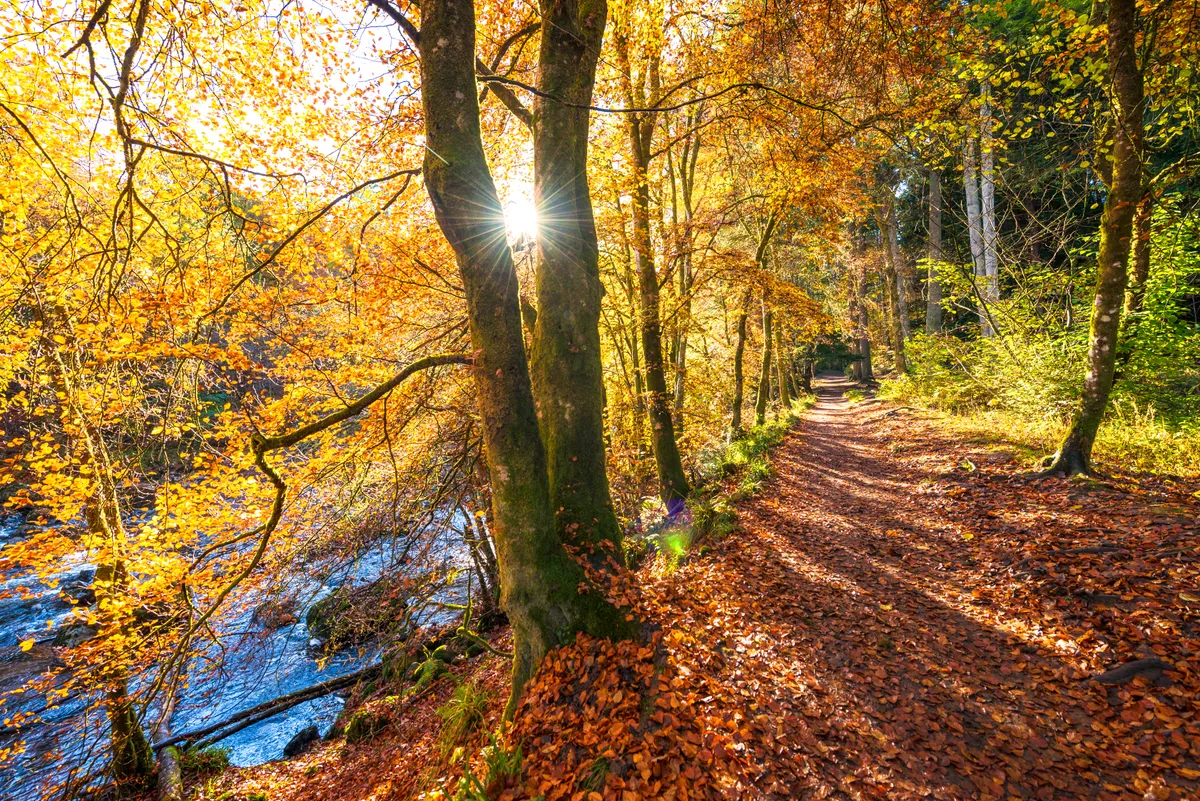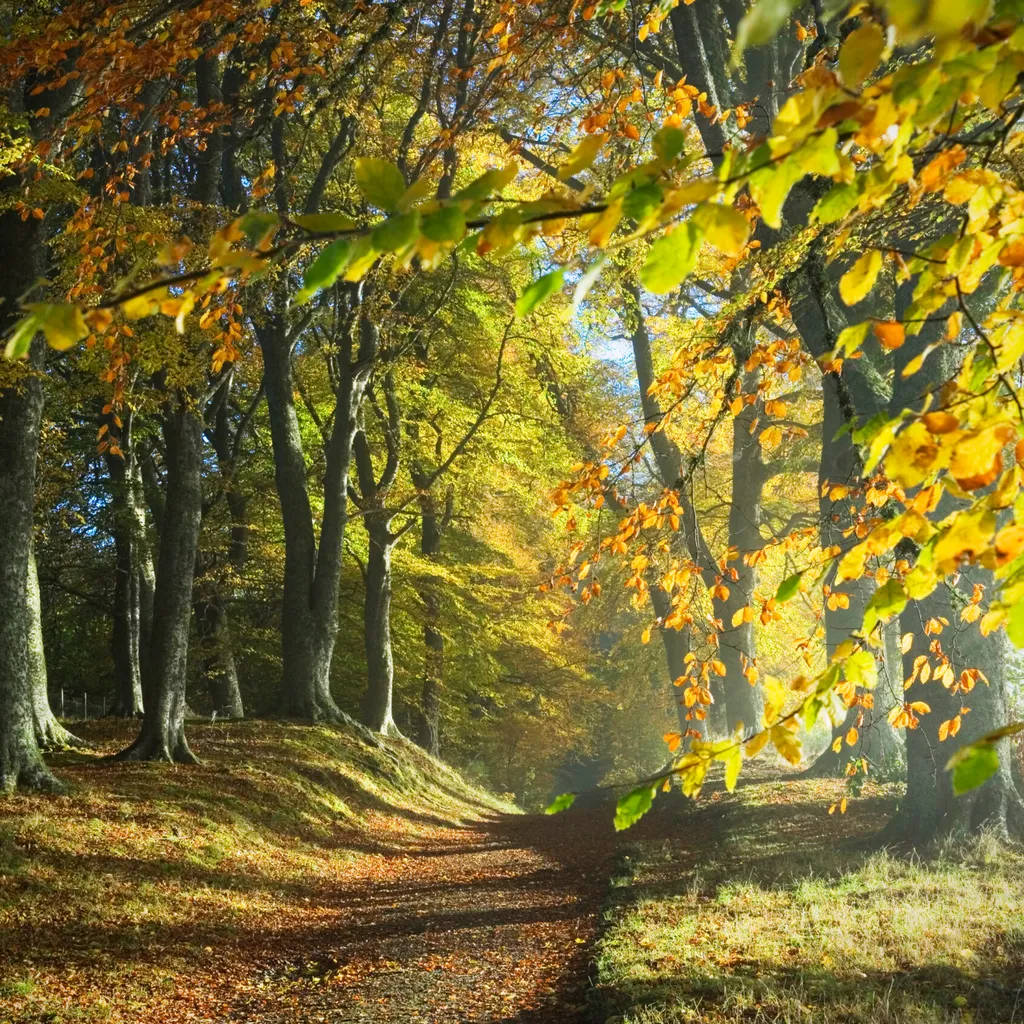One of Britain's most spectacular trees has to be the beech (Fagus sylvatica). It is a highlight of our forests through the seasons. Its leaves – fresh and green in spring – dissolve into yellows, reds and browns as autumn takes hold, a spectacle that forms a pastoral palette that can soothe and inspire.
Learn more about the beech tree, including what its leaves look like and where the tree gets it name.

What does a beech tree look like?
Beech tree leaves
Beech leaves are marcescent, meaning that they will remain on the tree through the winter and only fall when replaced by fresh growth. Not all beech leaves follow this process, but the pattern is most common in lower branches or trimmed hedgerows, perhaps protecting fresh bud growth from the mouths of deer or the fingers of Jack Frost.

Beech trees in autumn
The oval leaves of the beech tree contain anthocyanins that develop in late summer as the sugars within the cell structure of the leaf begin to break down. The molecules that are produced provide colour for fruits and flowers, and the beech with its own autumn glory.
Fungi and beech trees
The beech is a lover of well-drained soil, where its dominant root growth may suppress other trees. As the branches spread so the leaves block out light to the forest floor below. Few plants flourish below a beech. Of course, some organisms thrive in darkness, and in the leaf-littered earth weave countless strands of mycelium. Some of the most sought-after fungi grow beneath beech, including Tuber uncinatum – the black truffle – one of the most treasured of all.
Why is it called a beech tree?
The beech’s long, straight trunk provides fine timber for furniture making, while the early Germans and Scandinavians carved their thoughts into its wood. This is popularly believed to be the reason the tree is so named; ‘beech’ having evolved from the old English word boc, meaning book.
